Biases in Generative Art: A Causal Look from the Lens of Art History – ACM FAccT’ 2021, Conference on Fairness, Accountability, and Transparency
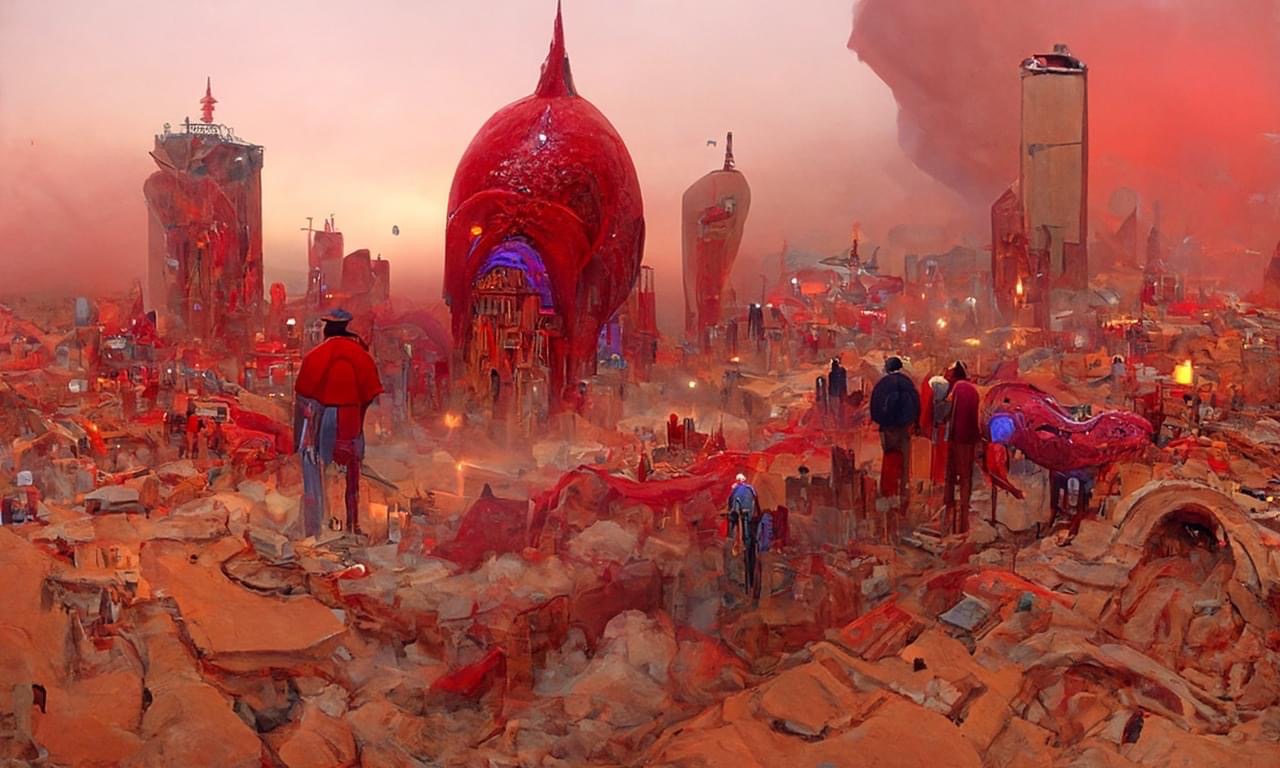
Authors – Ramya Srinivasan, Kanji Uchino
Key words – Generative art, Style transfer, Biases
Abstract – With rapid progress in artificial intelligence (AI), popularity of generative art has grown substantially. From creating paintings to generating novel art styles, AI based generative art has showcased a variety of applications. However, there has been little focus concerning the ethical impacts of AI based generative art. In this work, we investigate biases in the generative art AI pipeline right from those that can originate due to improper problem formulation to those related to algorithm design. Viewing from the lens of art history, we discuss the socio-cultural impacts of these biases. Leveraging causal models, we highlight how current methods fall short in modeling the process of art creation and thus contribute to various types of biases. We illustrate the same through case studies, in particular those related to style transfer. To the best of our knowledge, this is the first extensive analysis that investigates biases in the generative art AI pipeline from the perspective of art history. We hope our work sparks interdisciplinary discussions related to accountability of generative art.


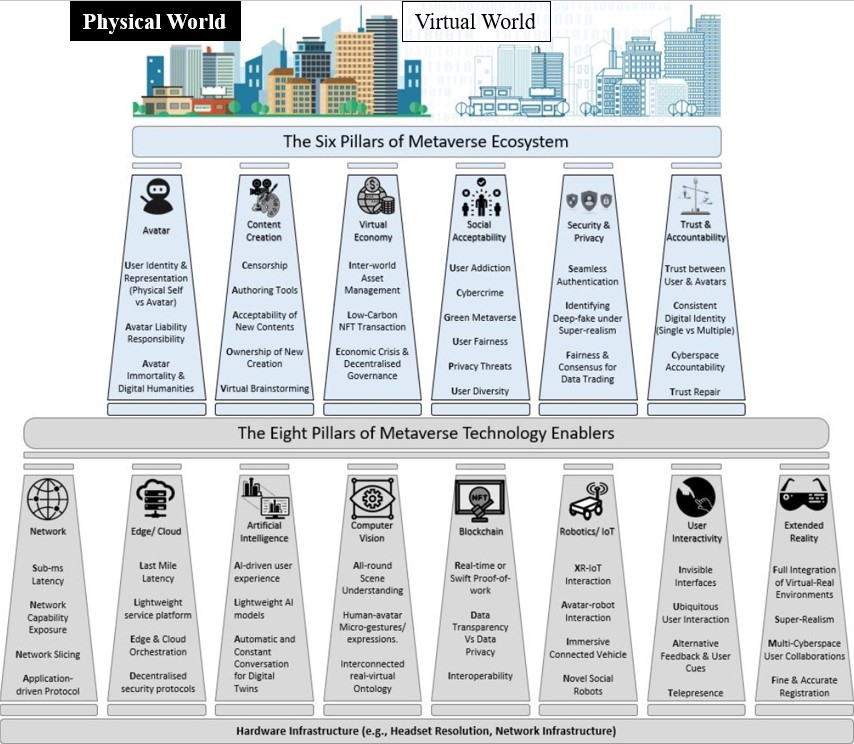
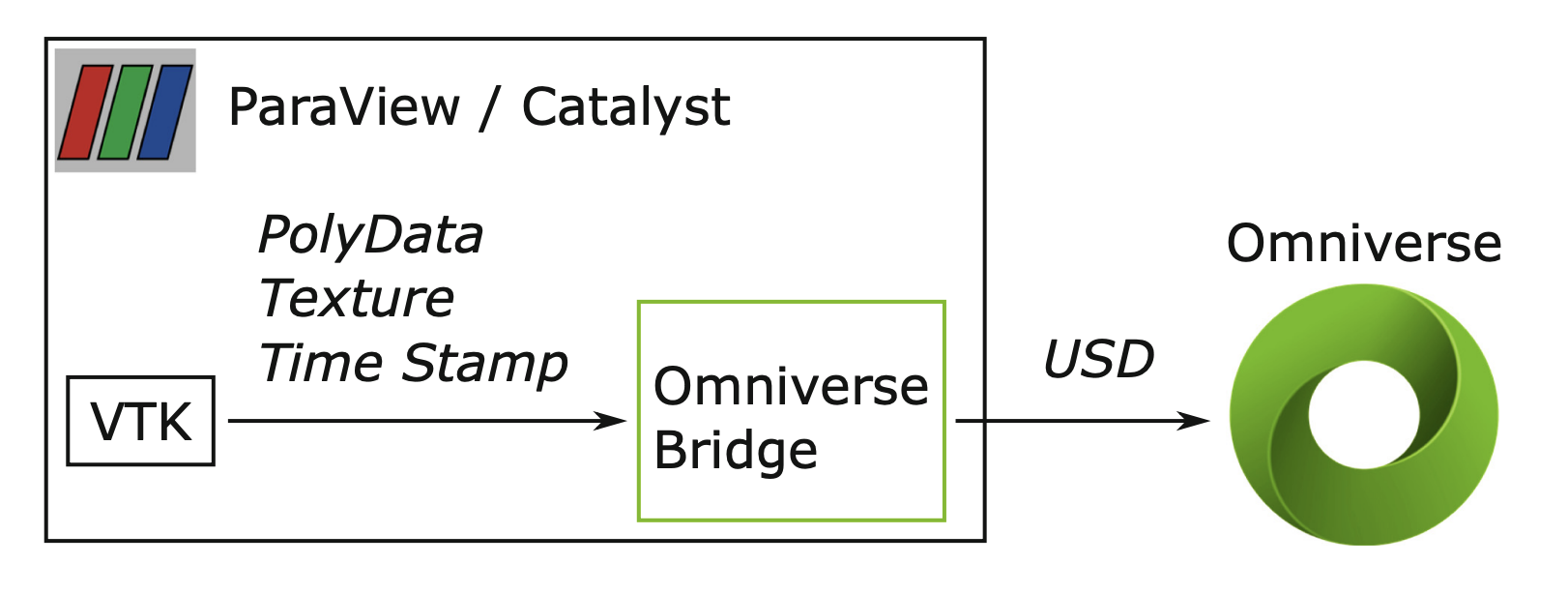
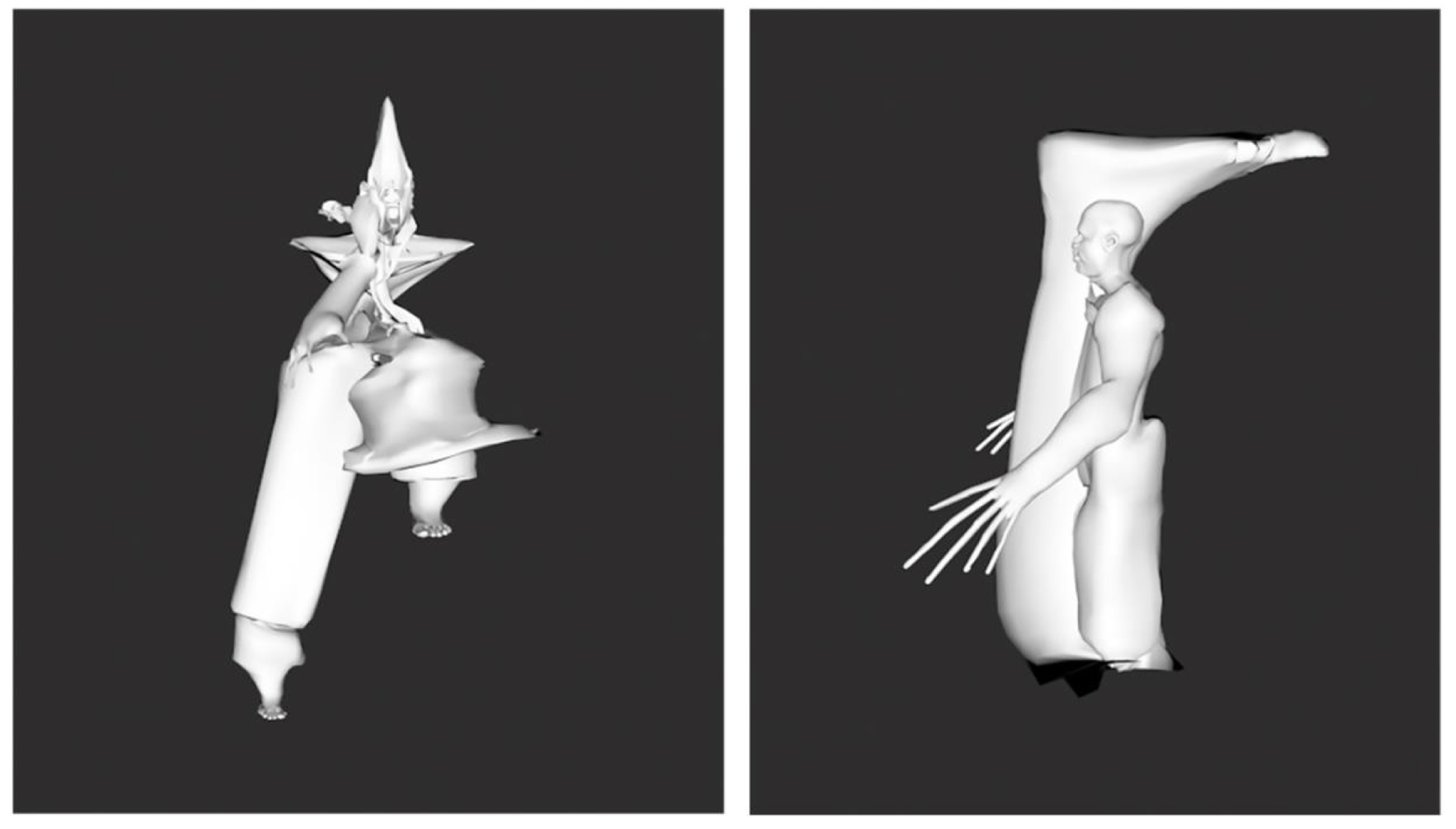
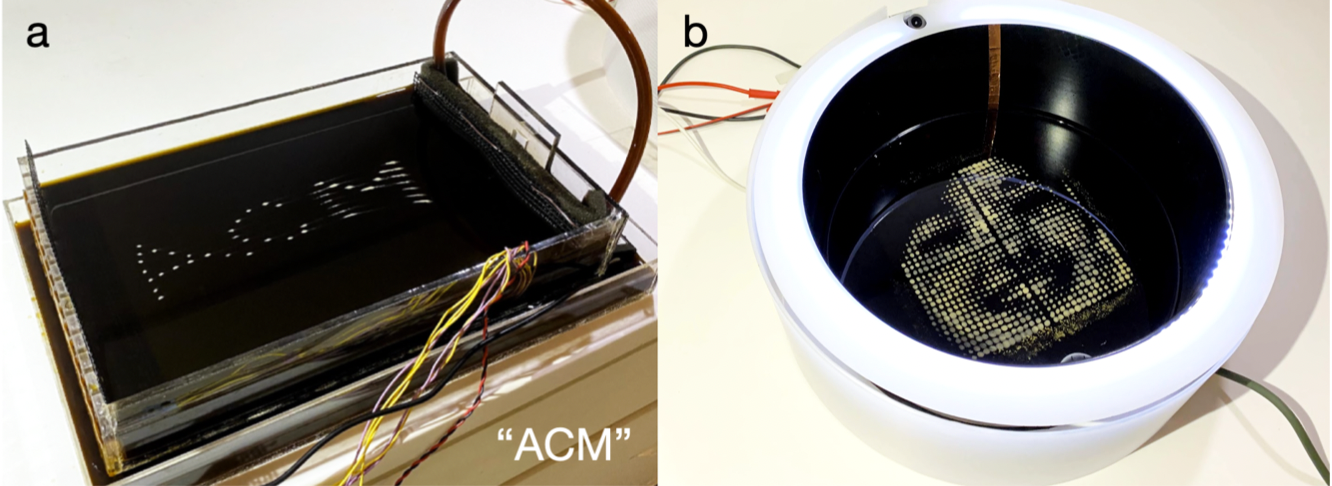

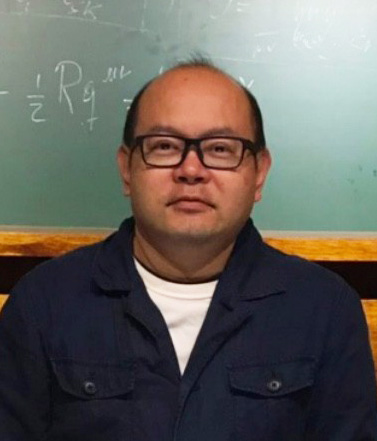 1987年開始,經過傳統東方療癒體系知識的學習與沈澱,對傳統民俗療法的領域開始相關的學習。
1987年開始,經過傳統東方療癒體系知識的學習與沈澱,對傳統民俗療法的領域開始相關的學習。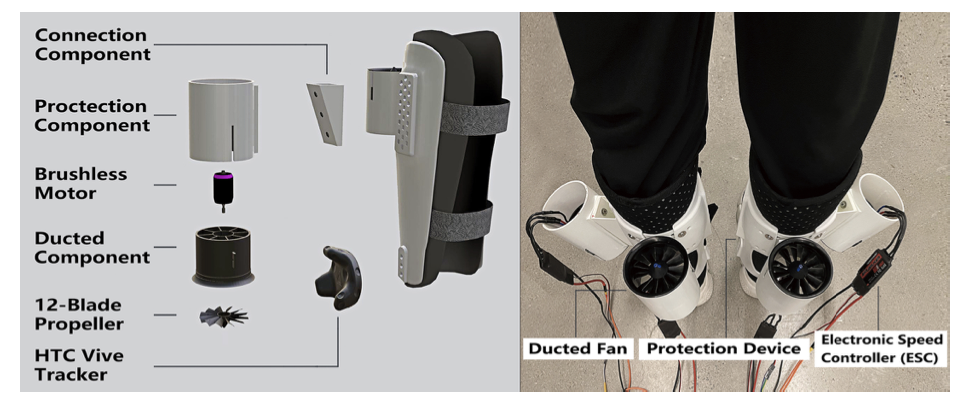 Introduction
Introduction